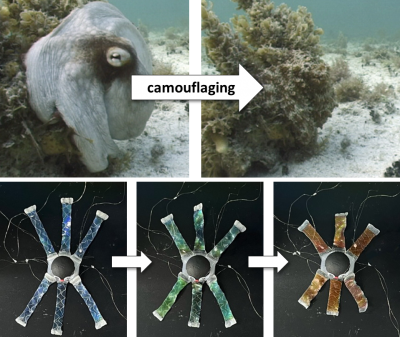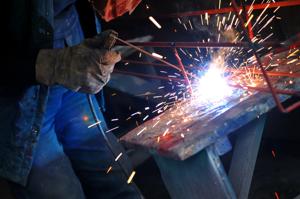The development of auto-darkening welding helmets has revolutionized the welding industry, enhancing safety and efficiency for welders. Historically, welders faced numerous challenges, especially with traditional helmets that required manual adjustment. Now, thanks to advances in technology, professionals can work with greater ease and protection.
Back in the 1970s, welding was a laborious task that demanded significant skill and caution. Gary Hanington, Professor Emeritus of physical science at Great Basin College, recalls his first welding experiences while working on an old car during the gasoline crisis of 1974. Without the technology available today, he relied on a simple welder’s helmet, which lacked the auto-darkening features that modern welders enjoy. This led to a challenging learning curve, where mistakes could mean damaging essential car components.
The need for better safety equipment became apparent as welding techniques evolved. While arc welding was patented in 1890, it only gained traction in the United States after World War I, when electricity became more accessible. The Rural Electrification Act of 1936 allowed more farms to obtain electricity, paving the way for the widespread adoption of welding techniques.
During World War II, rapid construction demands led to significant advancements in welding technology. This momentum continued post-war, with the introduction of smaller, transformer-based welding units, known as “buzz boxes,” designed for home use. These changes made welding more practical for enthusiasts and professionals alike.
The evolution of welding helmets, however, lagged behind. The first significant advancement came in 1981 when Swedish manufacturer Hornell introduced the Speedglas helmet. This model featured LCD electronic shutters that automatically darkened in response to an electric arc, protecting welders from harmful rays and allowing for improved visibility.
The technology utilized in these auto-darkening helmets relies on liquid crystal cells that adjust light polarization. When an arc is detected, the helmet’s sensors trigger the liquid crystals to rotate, blocking excessive light and protecting the welder’s eyes. This innovative design not only safeguards the welder but also shields the helmet’s internal components from heat damage.
In 2004, 3M acquired Hornell and its rights to the auto-darkening filter technology. This acquisition marked a significant milestone in welding safety, bringing the advanced features of Speedglas helmets to a broader market.
It is crucial for users to regularly check the functionality of their helmets, as a malfunctioning battery can prevent the auto-darkening feature from activating. Welders are advised to test their equipment before beginning any project to ensure their safety.
Reflecting on his past experiences, Hanington emphasizes the value of learning welding techniques, noting that the skills gained can be invaluable throughout one’s life. As technology continues to advance, the welding industry will likely see even more innovations aimed at enhancing safety and efficiency for workers.
For more information about welding safety and techniques, Gary Hanington can be reached at [email protected] or [email protected].





































































